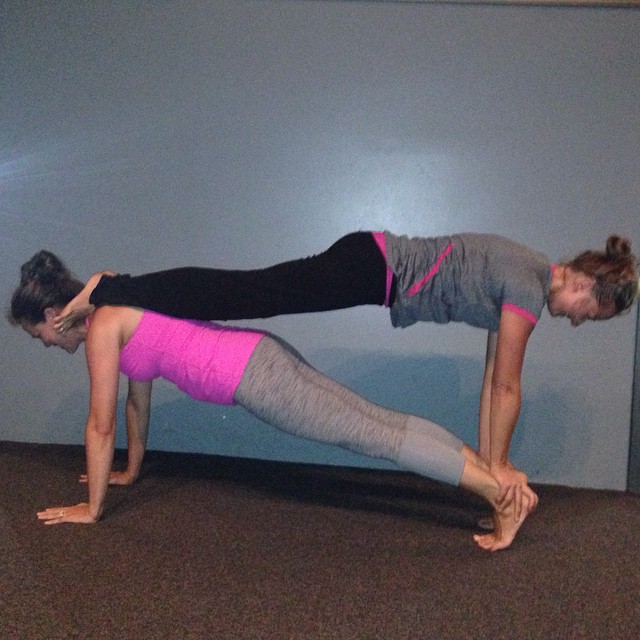Modifying Poses for Wrist Issues

I quite often get a student in class who has wrist or hand issues that prevents them from practicing Downward Facing Dog (Ardha Mukha Svanasana), Upward Facing Dog (Urdhva Mukha Svanasana), Plank (Dandasana) and Low Plank (Chaturanga Dandasana) with ease or at all.
Sometimes this is a permanent issue other times just temporary due to overuse or injury. You can still practice yoga by skipping these poses at home or by modifying your practice in a class. It is best to let your teacher know of any injuries you have briefly at the start of class so they are aware of the injury and so that they can give you ideas to modify the poses during a classroom environment.
There are a few different ways you can work around wrist and hand problems as I mentioned by skipping poses, modifying poses and also by using props. Following are some ideas to try if you have this issue now or in the future with your practice:
- Practice on your knuckles - some students prefer to make a fist and come onto their knuckles for their vinyasa (plank, low plank, upward-facing/down-ward facing dog). Practicing on the wrists can help increase elbow and wrist stabilisation, and strengthen the connective tissue of the lower arms (if practiced correctly). To reduce the risk of injury, always use a padded mat when practicing in this way. Your balled fists are on the same horizontal line, palms facing each other and thumbs pointed straight down so that they contact the mat. Press the weight on the flat face of your fingers rather than the knuckles themselves.
- Practice on your forearms - this can take the strain off the wrists but can be tricky when you are in a fast flow vinyasa class as there isn't a lot of time to get down onto the wrists when you are moving to a pose on an inhale and another on an exhale. This may be better for poses held for a couple of breaths at least.
- Use the assistance of props - you can roll up or fold the top of your yoga mat to give some cushioning to the palms in poses requiring you to be on your hands. Foam rolls and blocks (sliced and modified to make a wedge) can be used to minimise the angle at which the wrists are placed in loaded positions.
- Build core strength - poses and exercises to build core strength and endurance will ensure a more stable torso that may lessen the load the wrist must bear.
- Protect your wrists with correct alignment - it is very important to check your alignment and technique when you are practicing poses on the palms in the future. Incorrect alignment may be the cause for wrist strain or injury. Your fingers should always be spread wide with the index or middle finger facing the front of your mat so that your wrist crease also faces the front of the mat. Finger-tips should be pressing into the mat firmly like a geckho lizard.
So whenever your palms are placed on the mat you should remember hasta-bandha your 'hand lock'. Hasta Bandha is the name of the yoga technique in which the hands are placed on the ground, with the fingers spread and the inner palms slightly lifting in a cupping or tented manner (picture a suction cup). The term comes from the Sanskrit hasta, meaning “hand,” and bandha, which translates as “lock,” “harness” or “tighten.”Hasta bandha prevents strain and wrist injuries, because the body's weight is spread evenly through the hand, employing the palm's natural arch to balance the body's weight and connect the body with the earth through the fingertips.
Take Protecting Your Wrists to the Next Level with These Tips by Julie Gudmedstad and Yoga Journal.
Article by Martine Ford




